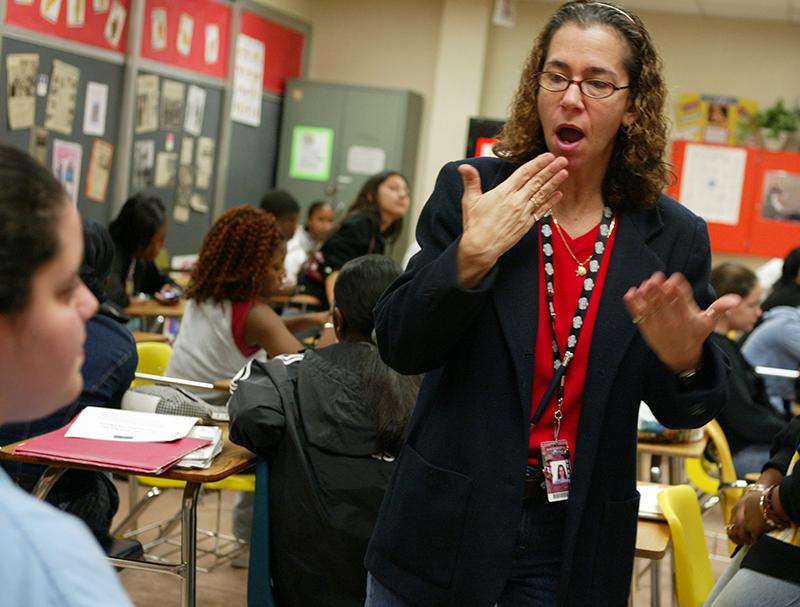By: Ariana Bibb
Special to the Collegian
Several how-to-guides circulate in our world of diversity. This happens to highlight the interaction with a person who is deaf or hard of hearing (D/HH). It is important to note that people who are D/HH want to communicate — as does any person — the only difference is the way in which the communication is produced.
There are different levels of communicating, because everyone has different skills of effectively exchanging information.
The following techniques will explain how to communicate with people who are D/HH, if you have no knowledge of American Sign Language (ASL) or never met a person who is D/HH before, and come in contact in a casual setting (i.e. supermarket, library, gym, etc.).
Ӣ Acknowledge people who are D/HH. This means treat them with respect and make eye contact as with any other casual encounter. It is important that everyone can see each other clearly.
Ӣ Do not assume all people who are D/HH can read lips and/or sign. Research suggests, 30 to 45 percent of spoken English is effectively interpreted by skilled lip readers (Critical Care Medical Journal 2012).
Ӣ Use gestures, miming, pointing, count numbers using fingers, facial expressions or pen and paper.
Most times when people who are D/HH are communicating with non-signers, they will provide a method of communication, so that the interaction is effective. Many people who are D/HH are inviting and appreciate the efforts of others’ engagement.
If you are a person with minimal knowledge of ASL and/or fingerspelling, use it to communicate. Do not be afraid, the majority will be patient.
People who are D/HH are aware that ASL usage has increased over the past decade and are more than happy to share their native language, it is empowering for everyone involved.
In deaf culture, communities are like families, and everyone is very familiar and share information with each other. As hearing individuals, we are exposed to information through mediums that D/HH individuals do not have access to (i.e. radio).
Use “attention-getting strategies”
Ӣ Hand wave (wave hands in the direction of the D/HH person).
Ӣ Turning lights on and off (three times).
Ӣ Tapping the shoulder (tap gently).
I want to mention that although these tips may be helpful, it is not an in-depth analysis of communicating with all people who are D/HH, because there are difficulties that arise.
Nothing is white and black, there are gray areas, and this happens in communication across all spectrums.
There are variations in ASL and not all people who are D/HH sign the same way. It is possible that you may learn a sign one way and the context in which it is used, and meet someone else who signs it differently and in another context.
You can learn basic essential signs and the ASL alphabet by taking an ASL class here on campus or at the Deaf and Hard of Hearing Service Center (DHHSC) also located in Fresno.
Educate. Elevate. Inspire.





